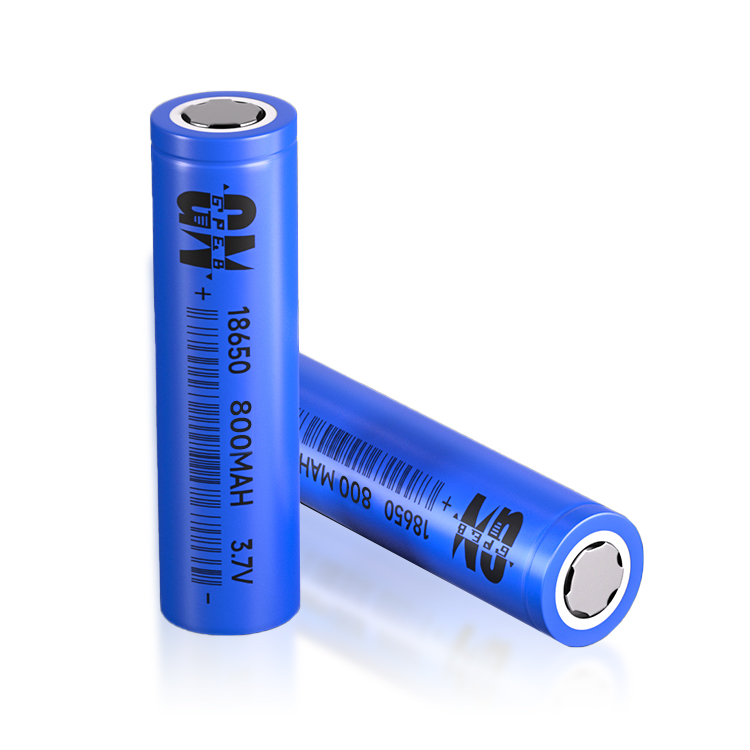

Scientists believe that the more light a solar cell absorbs, the more power it will provide. However, a scientific research team in the United States went in the opposite direction and proposed and demonstrated a new design concept. Solar cells are designed like light-emitting diodes ( LED), which can both absorb and emit light. They said the latest design is expected to allow solar cells to break through the limits of conversion efficiency.
According to a report by the Physicist Organization Network on April 20 (Beijing time), scientists believe that the more light a solar cell absorbs, the more electricity it will supply. However, a scientific research team in the United States went in the opposite direction and proposed And demonstrated a new design concept in which solar cells are designed like light-emitting diodes (LEDs), which can both absorb and emit light. They said the latest design is expected to allow solar cells to break through the limits of conversion efficiency.
Elijah Bronovich, an important leader of the team and a professor in the Department of Electrical Engineering at the University of California, Berkeley, said: The demonstration results show that the more photons a solar cell emits, the higher the voltage and conversion efficiency obtained.
Scientists have known since 1961 that there is a theoretical maximum value for the photoelectric conversion efficiency of solar cells: about 33.5%. But 50 years later, no one has broken through this limit. In 2010, scientists achieved a conversion efficiency of 26% for flat-panel single-node solar cells (which can absorb light waves of specific frequencies).
In order to obtain higher conversion efficiency, Yabronovich's team proposed the above design concept based on the mathematical relationship between light absorption and luminescence. Researcher Irving Miller said electricity appears in the battery when photons from the sun strike the semiconductors inside the solar cell. The energy supplied by the photons loosens the electrons in the material so they can move freely, but this process (luminescence) may also create new photons. The idea behind new solar cells is to make it easy for these new photons, which do not come directly from sunlight, to escape from the cell. Although it's counterintuitive, mathematically speaking, allowing new photons to escape causes more voltage to appear in the battery, Miller said.
Miller explains: There is a fundamental thermodynamic relationship between the absorption and emission of light in solar cells. Let the solar cell shine, then the photons will not be lost in the solar cell, and the voltage that appears in the solar cell will be increased. Solar cells that emit better light have higher voltages and higher conversion efficiency. Miller said that although the theory that the luminescence process increases voltage is not new, no one has ever thought of using it to design solar cells.
Jabronovich said that Alta Equipment, a company he co-founded, used a new concept to design a solar cell model made of gallium arsenide last year, achieving a record conversion efficiency of 28.3%. This progress is partly due to the fact that they designed the cells to make it as easy as possible for light to escape from the cells, using techniques such as improving the back of the cells to ensure that the photons that emerge are reflected back into the material, allowing more power to emerge.
Jabronovich hopes to use the latest technology to achieve a solar cell conversion efficiency of more than 30%. This research is applicable to various types of solar cells and is expected to greatly benefit the entire solar cell field. The scientists will present their latest results at the Laser and Electronic Devices Conference in San Francisco, California, from May 6 to 11.
Editor-in-Chief’s Circle
The theoretical extreme value of 33.5% only refers to flat-panel single-junction solar cells. They only absorb light of a specific frequency, while multi-junction cells absorb more, and the conversion rate is naturally much higher. The working mode of the light-absorbing and emitting battery in this article is not difficult to understand. Our common light-emitting diodes are made using the principle of injection electroluminescence, but it is not a good example to illustrate the highlights of this battery technology. Because the purpose of the University of California is to change the characteristics of light capture to absorb more spectrum, thereby refreshing the battery conversion rate. From the perspective of testing and researching solar cells, it is undoubtedly a very creative new method.

Popular recommendation
602248 polymer battery.Breakthrough in the synthesis of Wanxiang ternary high-nickel single crystal
2023-10-08AG7 battery.What is the production process of 18650 lithium battery?
2023-10-12Three signs that battery energy storage systems CR2450 battery.have become the mainstream of energy
2023-10-08803040 lipo battery.This article tells you what are the key points of the 18650 lithium battery pack
2023-10-091.5v Alkaline battery.What is the production process of 18650 lithium battery?
2023-10-09AG Coin TV environmental impact
2022-06-18AG13 battery.Should standards let the market be the judge?
2023-10-1418650 battery 1800mah.Four charging methods for 18650 lithium battery
2023-10-13CR2354 battery.Rookie in the energy industry---methanol fuel
2023-10-083V Button battery.Samsung develops graphene battery technology that charges 5 times faster
2023-10-08AG6 battery.A new high-performance, low-cost sodium-type dual-ion battery was successfully developed
2023-10-14502030 battery.Introduction to the recycling and processing process of dry batteries
2023-10-09